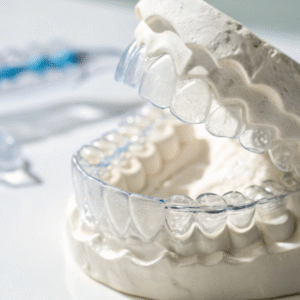Liver cirrhosis is a long-term condition where healthy liver tissue is gradually replaced by scar tissue, reducing the liver’s ability to function. Often developing silently over years, symptoms typically appear only after significant damage has occurred.
What is Liver Cirrhosis?
Cirrhosis affects the liver’s ability to detoxify the body, support digestion, store nutrients, and produce vital proteins. It can result from chronic alcohol use, viral hepatitis (B or C), non-alcoholic fatty liver disease (NAFLD), or autoimmune conditions. As the disease progresses, liver function declines potentially leading to serious complications.
If you suspect liver cirrhosis or have risk factors such as long-term alcohol use or a family history of liver disease, it’s vital to consult with a gastroenterologist like Dr Fernandes Mark Lee to discuss diagnostic testing and potential treatment plans.
The Stages of Liver Cirrhosis
Liver cirrhosis progresses in stages, from the early development of scarring to complete liver failure. Understanding these stages can help patients and their healthcare providers make informed decisions about treatment options.
- Stage 1: Compensation Stage
At this early stage, the liver still functions relatively well despite the presence of some scarring. Most people do not experience noticeable symptoms, and the liver can compensate for the damage. However, liver tests may show some abnormalities. - Stage 2: Compensated Cirrhosis
At this stage, the liver is still able to perform many of its functions. While symptoms may remain mild or unnoticeable, the risk of complications increases. Regular monitoring by a gastroenterologist is essential during this stage to prevent further progression of the disease. - Stage 3: Decompensated Cirrhosis
As the liver becomes more severely damaged, it begins to lose its ability to function properly. This stage is marked by symptoms such as jaundice (yellowing of the skin and eyes), swelling in the abdomen and legs, and confusion. The risk of bleeding increases due to portal hypertension, a common complication of cirrhosis. - Stage 4: End-Stage Liver Failure
The final stage of cirrhosis, also known as liver failure, is characterised by severe liver dysfunction. At this point, the liver is no longer able to perform its essential functions, leading to life-threatening complications such as liver cancer or bleeding. Liver transplantation may be the only option for survival at this stage.
Treatment Options for Liver Cirrhosis
Treatment for liver cirrhosis depends on the stage of the disease, its underlying cause, and the presence of complications.
- Managing Underlying Causes
If the cirrhosis is caused by a specific condition, such as viral hepatitis or alcohol use, treating the underlying cause is the first step in preventing further damage. - Lifestyle Changes
Lifestyle modifications play a significant role in managing cirrhosis. These include maintaining a healthy diet, avoiding alcohol, and managing other conditions like diabetes or high blood pressure. Patients are also advised to avoid certain medications that may harm the liver. - Medications
Depending on the complications, doctors may prescribe medications to manage symptoms, reduce inflammation, or treat complications like fluid retention or bleeding. - Liver Transplantation
In cases of advanced cirrhosis where the liver can no longer function effectively, a liver transplant may be the only viable option. This involves replacing the damaged liver with a healthy donor liver, offering a potential cure for end-stage cirrhosis.
When to Seek Medical Help
If you experience symptoms such as persistent fatigue, unexplained weight loss, swelling, or yellowing of the skin or eyes, it’s important to seek medical attention. Early intervention and regular check-ups with gastroenterologists such as Dr Fernandes Mark Lee can help manage cirrhosis before it progresses to more severe stages.




